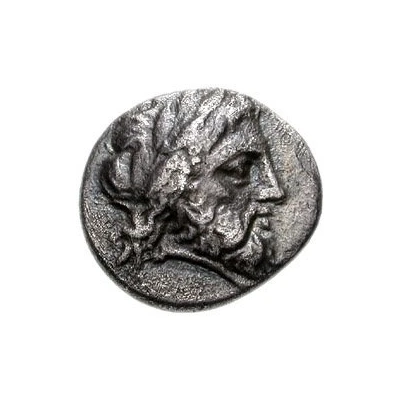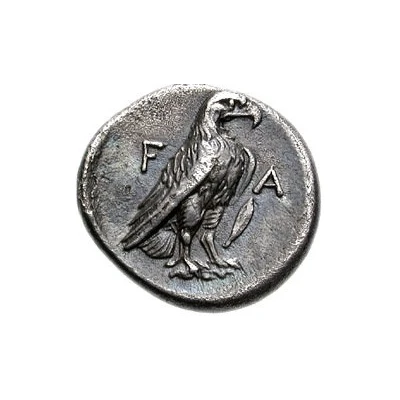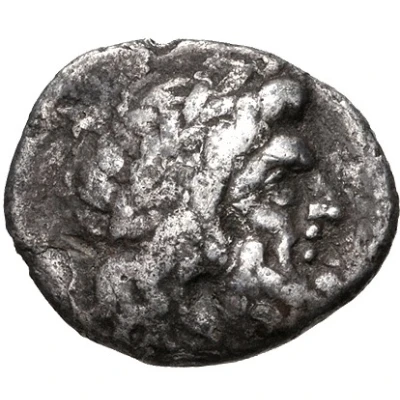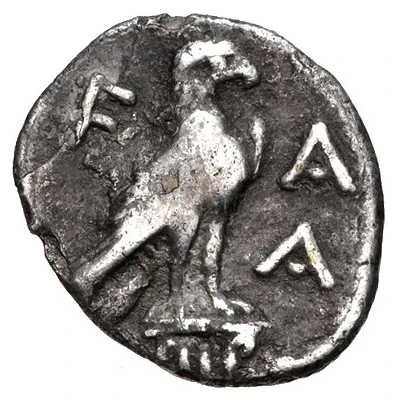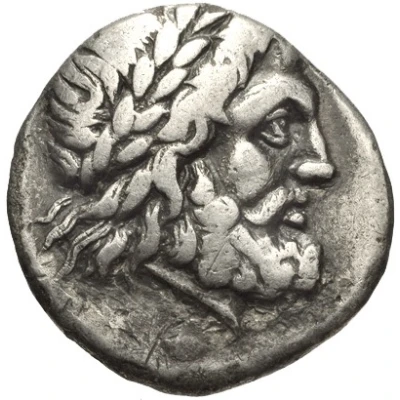
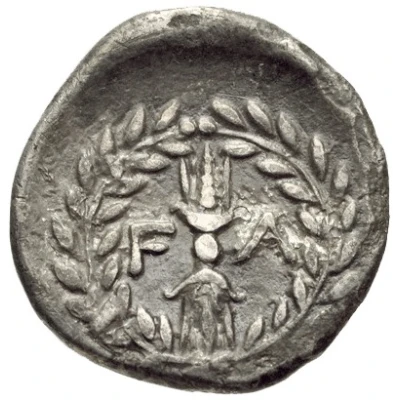

© Classical Numismatic Group, Inc.
Hemidrachm - 131st-135th Olympiad 256 BC - 240 BC
| Silver | 2.12 g | 14.0 mm |
| Issuer | Olympia (Elis) |
|---|---|
| Type | Standard circulation coin |
| Years | 256 BC - 240 BC |
| Value | Hemidrachm (½) |
| Currency | Drachm |
| Composition | Silver |
| Weight | 2.12 g |
| Diameter | 14.0 mm |
| Shape | Round (irregular) |
| Technique | Hammered |
| Demonetized | Yes |
| Updated | 2024-10-10 |
| Numista | N#177695 |
|---|---|
| Rarity index | 100% |
Reverse
Thunderbolt, F-A across field and all within wreath
Script: Greek
Lettering: F A
Interesting fact
The Hemidrachm coin was used as a form of currency in ancient Greece during the Hellenistic period, specifically in the city of Olympia (Elis) during the 131st-135th Olympiad (256 BC - 240 BC). The coin was made of silver and weighed 2.12 grams, which was a significant amount for a coin at that time. The coin's design featured the image of a laurel wreath on one side and the profile of a young man on the other, symbolizing the importance of athletic competition and the achievements of the Olympic Games. The Hemidrachm coin was not only used as a means of exchange but also as a symbol of prestige and status, as it was only issued to commemorate special events and achievements.
